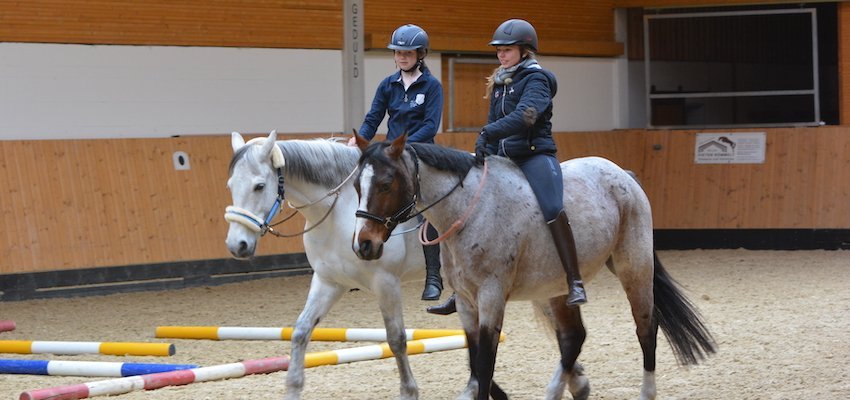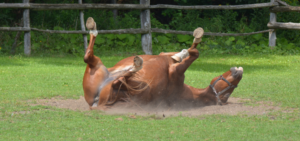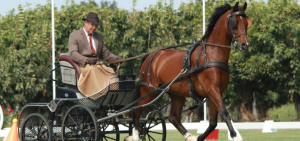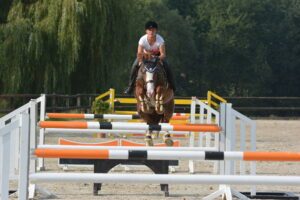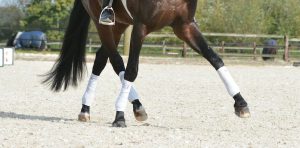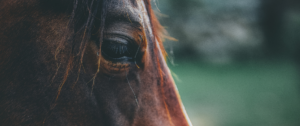Nothing in the world compares to it. The degree of intimacy, the depth of connection, the feeling of being a single, unified moving part. It’s the one thing that improves your ability more quickly than anything else. It’s bareback riding.
Summary
- What is Bareback Riding?
- Learning to “Feel” Your Horse
- You Can’t Always Just Jump On: Training a Horse for Riding Bareback
- Dispelling the Myth
- What Do We Do With This Results
What is Bareback Riding?
Riding bareback simply refers to the practice of riding a horse without a saddle. A practice once born of necessity, prior to the development of a saddle, riding bareback has become a practice that has grown in popularity over the past decade for equestrians and enthusiasts alike. But why ride bareback?
Learning to “Feel” Your Horse
The practice of riding bareback offers a multitude of benefits for horse and rider alike. On the horse side of things, without a saddle, the rider’s line of communication is far less obstructed. As the equestrian is riding on his or her horse with full contact, it is far easier for horses to pick up the subtle cues communicated to him. If the rider sits deep while shifting her weight back, for example, the horse will be able to anticipate either a request to slow the gait, or a complete stop.
Additionally, riding bareback only strengthens the bond and connection between horse and rider; cognitively, socially, emotionally, some might even argue, spiritually. The complete physical connection offered by bareback riding strengthens the overall connection of the pair, a connection that translates to every aspect of their interaction.
For the rider, riding bareback offers the opportunity to further improve the ways she utilizes her body on her horse—improving balance, developing lower leg strength and suppleness, and allowing a rider to develop her “feel”; her ability to essentially read a horse utilizing the horse’s naturally movements and the use of his body to correct any balance issues, anticipate based upon the horse’s body language, and utilize her own positioning on the horse to further complement the pair moving as a whole. But to accomplish all of these things, it is essential that the horse be set up for success.
Want to know more about how you can improve your rider’s seat? Check out our courses and get valuable trainings tips from some of the best trainers of the world.
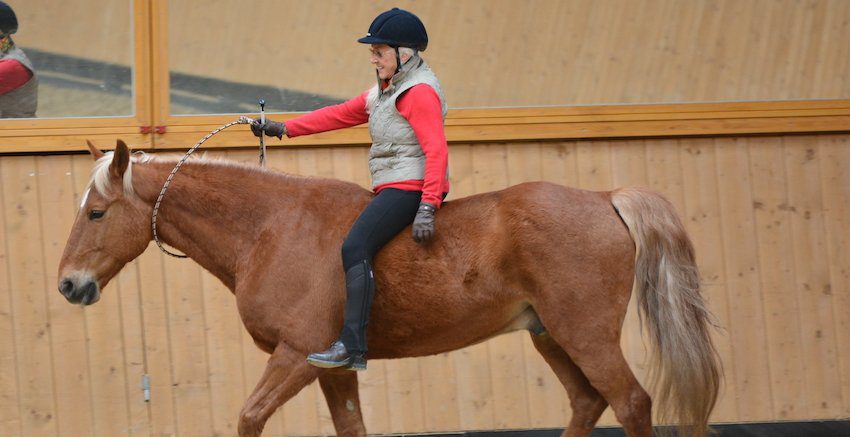
You Can’t Always Just Jump On: Training a Horse for Riding Bareback
Like any new skill, riding bareback is something that must be taught to a horse. A rider should never just “jump on” and hope for the best. The process for preparing a horse to accept a rider without a saddle is much like that of preparing him to accept a rider with a saddle. If broken down into basic steps, riding bareback will prove not only much safer, but a lot more fun!
The first time a trainer plans on riding bareback, it is best practices to have a second handler present to ensure the safety of all stakeholders. A mounting block can also help tremendously in reducing the amount of stress the horse will be experiencing as he is asked to accept a rider’s weight without a saddle for the very first time. As the trainer will be riding bareback, there is no horn to grab ahold of nor stirrups to utilize during the mounting process, so a mounting block can really help the rider ease onto the horse gently.
The handler should have full control of the horse on a lead or lunge line, especially the very first time the horse is exposed to a rider riding bareback, ideally being ridden in a round pen or smaller contained area, while the rider gradually asks the horse to accept more and more of her weight.
As the trainer is engaging the horse in this process of desensitization, it is imperative that she is of gentle hand, always slowly and softly placing her weight on her animal and never plopping down on him.
Once she is fully mounted, it is perfectly fine for her to simply sit on her horse, at a complete standstill so that he can acclimate to the feel of her weight on his body without any equipment. Although for some, this may seem like a whole lot of unnecessary time, putting in the time and the work and the extra effort in this training exercise will go a long way in the long run, improving overall safety and well-being of both parties, and only further developing the rapport and trust foundational to the underlying philosophy of excellent horsemanship.
Once the horse has adjusted to his owner riding him bareback and acclimated to the feel of the rider’s weight without a saddle he should still be being ridden while remaining on the lunge line for safety purposes. The rider can gradually ask the horse for different gaits, increasing in both difficulty and speed, ask the horse to stop, back, change in direction, and simply allow the pair to get a feel for one another without the cumbersome interference that is a natural result of equipment. Riding bareback is an exercise that, when utilized safely and appropriately, can truly exemplify the clarity with which rider and horse are capable of communicating and allow for tremendous growth during the training process.
Dispelling the Myth
Many individuals are of the opinion that riding your horse bareback is painful, or damaging, to his or her back. A recent study conducted by Michigan State University compared the pressure points of seven horses while being ridden both with a saddle, as well as bareback to compare the potential for tissue damage, contusions, and stress placed upon the animals’ backs.
After collecting the data, the team found that, when ridden bareback, the scans taken indicated that there were a few areas of contact where the pressure reached a level that could result in pain and potential tissue damage, particularly where the riders’ seat bones made contact on the horses’ backs.
Comparing those scans to the ones taken when the horses were being ridden with a saddle, there were fewer of these areas, as the mere surface area of the saddle allowed for a more even distribution of weight over the entirety of the animal’s back.
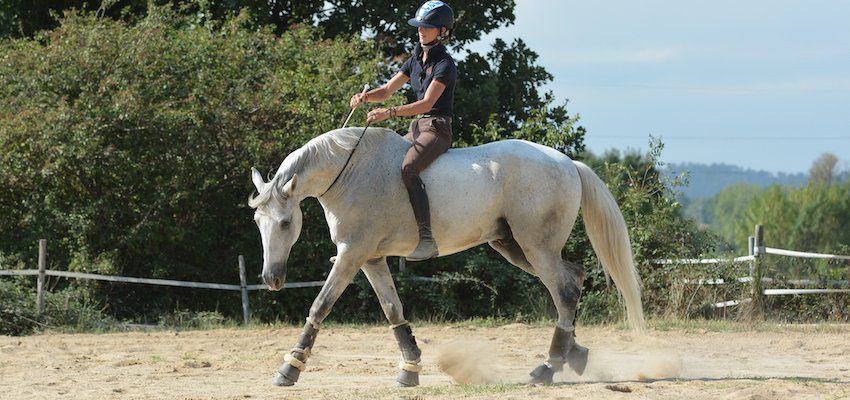
What Do We Do with these Results?
So then what is the take-away of this study? The advantages of riding one’s horse bareback are immense, teaching riders to develop their ability to balance themselves appropriately while riding, communicate more effectively with their horses, and utilize their first crucial aid; their seat, to ride more efficiently and learn to ride with the natural movements of their horses, a fundamental principle of dressage.
And new studies will continue being conducted to better illuminate our understanding of how to best treat our animals with care, consideration, and compassion. Riding bareback is not only educational, it’s fun, so there is truly no need to eliminate this practice altogether, but rather, it is best to ride with discretion, being always mindful of our horse’s well-being and any pain or discomfort they may be experiencing to ensure that the joy that they bring to our own lives is a happiness that we are always, always able to return.
If you want to refine your aids even further, our courses offer great advice. You can find all the information about them here.

